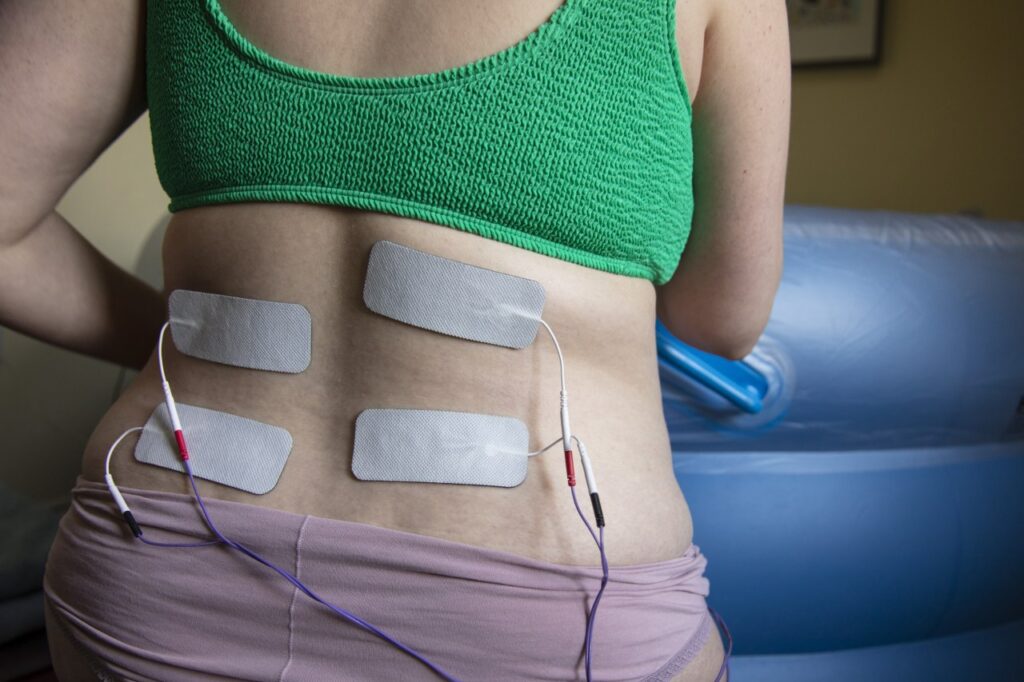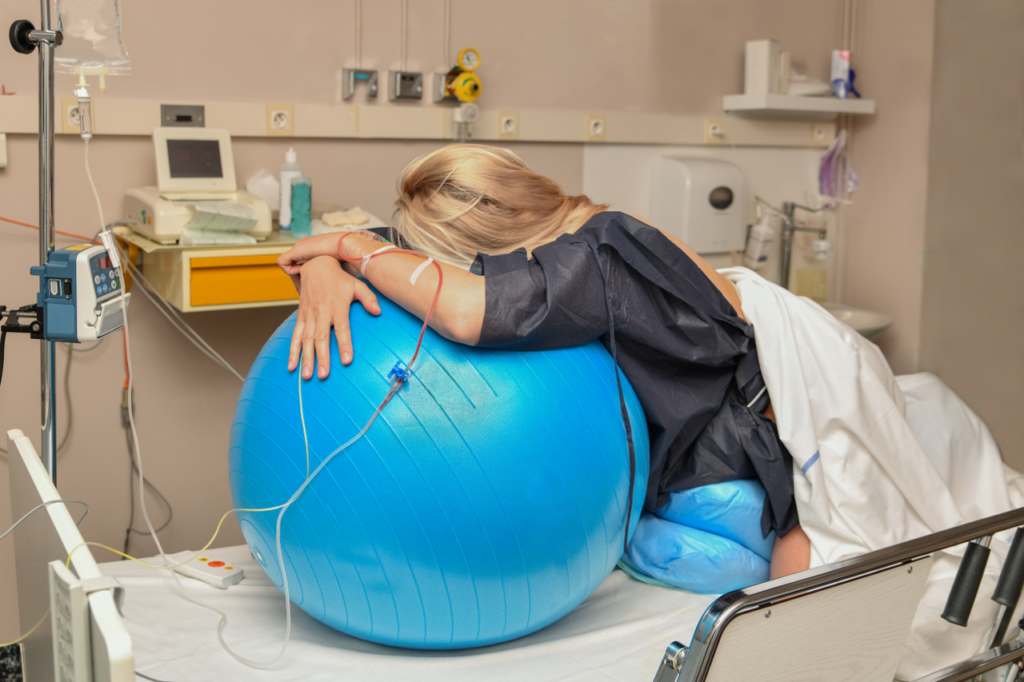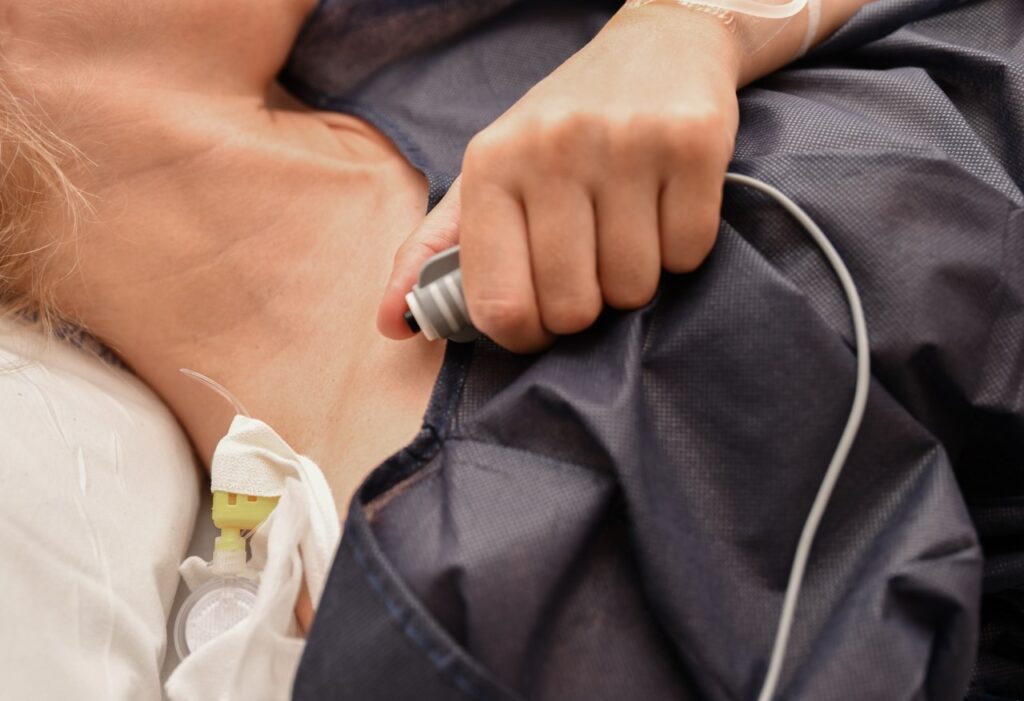Pain Management Options for Birth
There are many options for managing your labor sensations – pain – waves- whatever framing you want to give your labor feels.
It is normal to try many different ways to work with your body. You might start with lower level pain coping like positions and movement and then explore options if you need to. Many people try different things throughout labor until they find what works best for them. Your place of birth will also determine what is available to you.
At home, you will rely on your own coping skills & comfort measures to move through labor. Build up your skills to effectively work with labor if you are staying at home.
Birth centers may have nitrous oxide and usually deep water immersion which is nature’s epidural. Wise women, labor doulas and attentive birth care will also boost your ability to cope.
When birthing in a hospital, maybe nitrous oxide, and usually IV medications and epidural anesthesia are additional options at most medical birth settings.
Before we explore your pain relieving options for labor & birth, keep in mind that your expectations play a big role in how effective you feel something is. If you are expecting nitrous to function like an epidural, your experience with nitrous might be disappointing. When you know what to expect with each one, it can give you a more realistic view. So let’s go explore options!
Comfort & Coping
At home, your only options are non-medicated albeit very helpful for grounding yourself & finding comfort. Positions, movement, TENS machines, water immersion, ice, heat, massage & labor support are very helpful. Mother Nature also has your back with a hormonal cocktail that relieves pain and stress & increases feelings of love, connection & euphoria. The longer you labor, the higher your levels of oxytocin + endorphins will be. Keep in mind, that even if you are planning to head to a different place to actually birth, most of you will labor at home for hours so utilize these tools to love your labor.


TENS Unit
TENS: transcutaneous electrical nerve stimulation, a technique intended to provide pain relief by applying electrodes to the skin to block impulses in underlying nerves.
TENS units are fairly inexpensive, portable and easy to use. You could use it at home, at a birth center or in a hospital setting. Many people find some relief with their use.
IV Medications
This involves narcotics either placed in your IV or in a large muscle group.
PROS:
- usually can get it administered quickly by your nurse
- fast acting for quick relief
- can take the edge off for some much needed relief & rest
CONS:
- provides relief for only 1-1.5 hours
- affects your brain & body
- should only be used in active labor or before
- passed through the placenta to your baby
- can result in low APGAR scores if it hasn’t metabolized at the time of birth




Nitrous Oxide
“Laughing gas” can be combined with oxygen for another systemic medication that may take the edge off. You inhale the mixture through a mask during contractions.
PROS:
- provides pain & anxiety relief
- can be used for all stages of labor
- doesn’t appear to affect labor progress or baby’s APGAR scores
- you are in control of the administration
CONS:
- systemic: affects brain & body
- may cause nausea or dizziness (easily remedied by inhaling less)
- some birth centers and hospitals do not use it in labor
Epidural Anesthesia
Aaahh….the coveted epidural. This is the big boy of pain medications in the labor world. An anesthesiologist numbs your lower back, places a hollow needle in the epidural space, threads a very tiny catheter through it, removes the needle and voila. You are hooked up to a pump that will give you continuous medication for the rest of your labor and possibly a patient controlled pump where you can dose yourself when you need it.
PROS:
- provides complete pain relief in about 95%
- doesn’t affect your brain, just numbs the nerves that send pain signals to the brain
CONS:
- pressure and pain are different nerve pathways so you will still feel pressure, especially during pushing
- may lower your blood pressure which can affect baby’s heart rate
- requires a medical bundle: IV fluids, blood pressure cuff, bladder catheter, continuous electronic fetal monitoring
- no longer mobile in labor – need to use passive pelvic opening to help your baby navigate your pelvis (hello peanut ball)
- may be challenging to push since your lower body muscles are numb



Evidence Based Birth
Evidence on Epidurals
Easing Labor Pain
You are the only one experiencing the sensations of your labor. There are many options to choose from. I recommend knowing yourself, knowing your options, practicing your coping techniques & making the choices that work best for you as labor unfolds.



